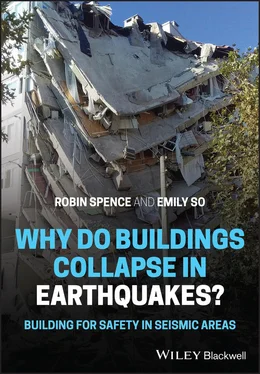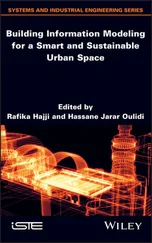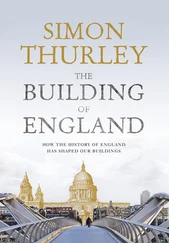Many important heritage buildings, including temples, were seriously damaged or destroyed by the earthquake. There was evidence though, that retrofitting of some traditional masonry buildings using wall ties had been effective. And the work of the National Society of Earthquake Technology, NSET, in strengthening school buildings, and in creating guidelines for improving earthquake safety of rural buildings, was considered by EEFIT (2015) to have protected many buildings from serious damage (see Chapter 7).
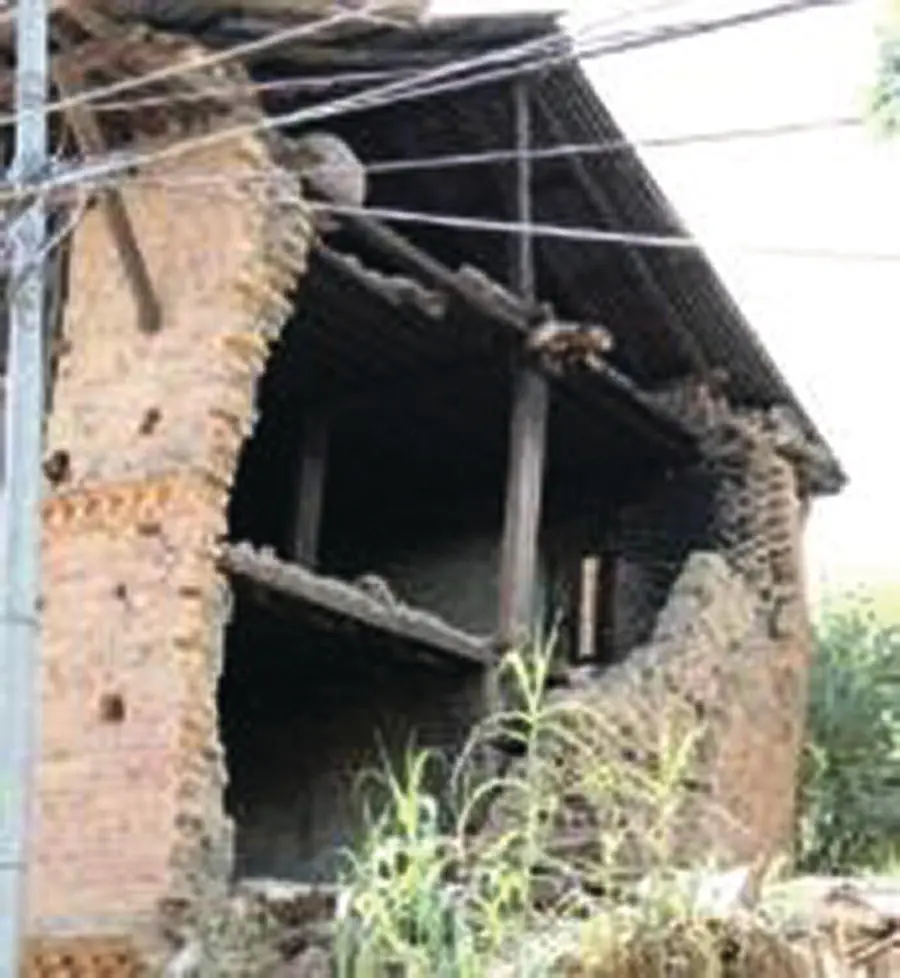
Figure 2.17Typical damage to masonry construction in urban areas of Nepal.
Source: EEFIT. Reproduced with permission.
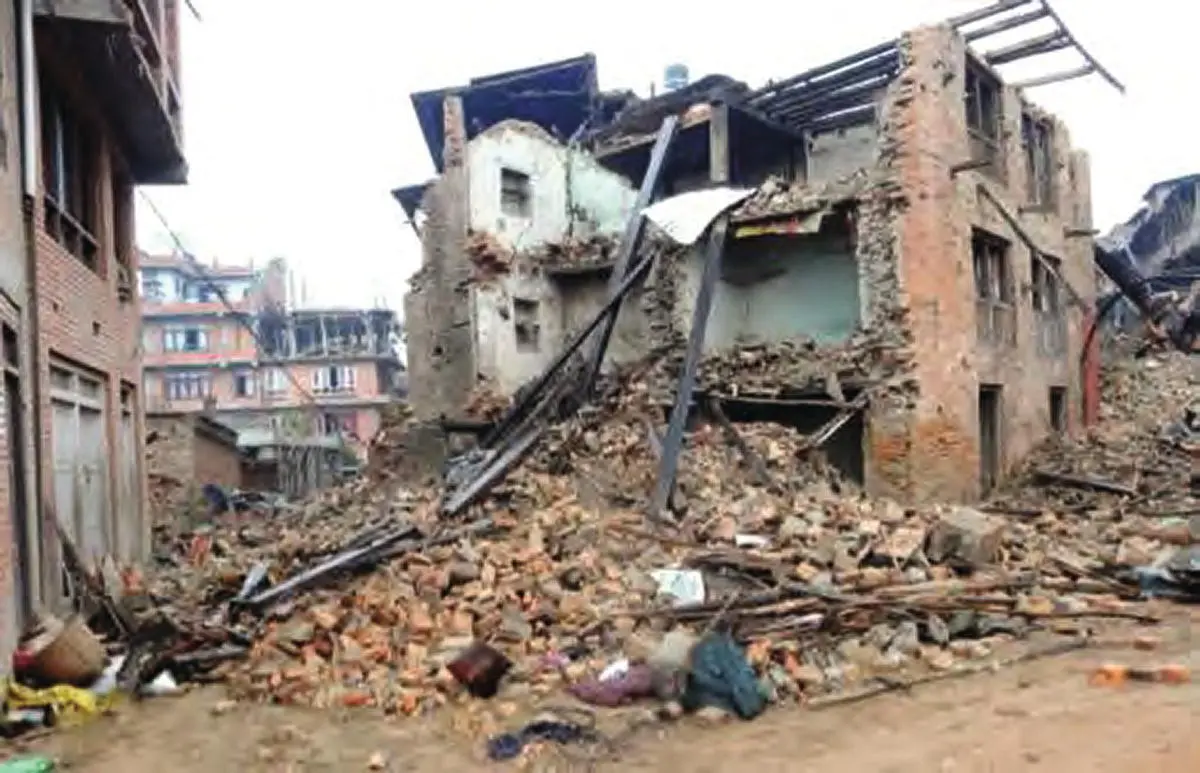
Figure 2.18Typical damage to masonry construction in urban areas of Nepal.
Source: EERI. Reproduced with permission.
2.3 What Can We Learn from These Significant Earthquakes?
The 10 earthquakes described in the preceding sections account for 99% of all the recorded earthquake deaths worldwide between 2000 and 2019. In two of these events (the 2011 Tohoku and the 2004 Indian Ocean event), the earthquake‐triggered tsunamis were responsible for most of the deaths. In another one (the Wenchuan earthquake), ground failures (landslides and rockfalls) were responsible for perhaps 20% of the deaths. But the evidence of these events confirm earlier findings based on events up to the 1990s (Coburn and Spence 2002) that the collapse of buildings has been by far the largest cause of death.
The descriptions also tell us that in cases where collapse of buildings is the predominant cause of death, most of the buildings which collapsed were masonry buildings. Many different methods of masonry construction were tested in these earthquakes, and not all were found equally vulnerable. Relatively good performance was noted in buildings of well‐constructed confined masonry, and also those of brick or block masonry where the walls were tied together with RC floors and roof slabs. Particularly, poor performance was noted in buildings of adobe masonry (2003 Bam earthquake), and buildings using rubble stone masonry, in which the walls were prone to disintegration, bringing down heavy roofs (Nepal, Kashmir and Bhuj). But brick and block masonry buildings also performed poorly (in the Yogyakarta and Wenchuan earthquakes, for example) when walls and roofs were not adequately connected. The Haiti earthquake tested a type of masonry/RC frame mixture, which has some similarity with confined masonry, but did not meet the essential requirements of that form of construction, and many occupants were killed by the collapse of such buildings. In Christchurch too, much of the damage was related to the older masonry buildings in the old city centre, though nearly three quarters of the 181 deaths happened because of the collapse of two mid‐rise RC office buildings.
In the Tohoku (Japan) and the Christchurch (New Zealand) earthquakes, the residential buildings were mostly single‐family one or two‐storeyed timber‐frames, and the evidence showed that these buildings survived the severe ground shaking well. There was damage to brick elements, like chimneys and cladding panels, but few buildings collapsed.
In most of these events, a part of the building stock, particularly in the cities, was built using RC frame construction, for multistorey apartment buildings and for commercial or mixed commercial/residential buildings. These were tested in the Bhuj, Kashmir, Nepal and Wenchuan earthquakes, and many such buildings collapsed in each of those events. In all of these countries, there are codes of practice which define how to design RC buildings to withstand seismic action, but it was evident to the reconnaissance teams that such codes were often not being implemented, and that the failings noted in previous earthquakes (inappropriate building form, poor materials, poor detailing of reinforcement) were being repeated. The Bhuj and Kashmir earthquakes also provided further evidence that tall RC buildings can be at risk at a considerable distance from the earthquake's epicentre. Hundreds of tall buildings collapsed in Ahmedabad situated more than 200 km from the epicentral areas of the Bhuj event. The Margalla Towers apartment block collapsed in Islamabad situated 100 km from the epicentral areas of the Kashmir event. RC buildings built before current codes of practice were introduced were also heavily damaged or collapsed in the Tohoku and Christchurch events.
The two events in which a major tsunami occurred (2004 Indian Ocean and 2011 Tohoku) have provided new evidence for the resistance of different forms of construction to the forces of tsunami waves. Most of the deaths in these two events were not caused by the collapse of buildings, but by drowning. Nevertheless, huge numbers of buildings were destroyed by the tsunami, causing immense economic loss. In both the Indian Ocean and the Tohoku tsunami, buildings of traditional construction (timber frame or masonry) were destroyed, and sometimes swept from their foundations when the inundation height at the shore was 2 m or more. RC and steel frame buildings were also seriously damaged by the force of the water and the impact of the debris (often from other destroyed buildings) carried by the incoming or retreating wave, though their structural frames generally survived. Some interesting cases of engineered buildings being overturned have also been thoroughly investigated in order to update tsunami design guidelines (Macabuag et al. 2018).
Some of the events provided tests for retrofitting programmes carried out in previous years. In Nepal, the retrofitting programme for school buildings carried out in the previous 10 years was found to be very effective as explained in Chapter 7. In New Zealand, however, the effectiveness of retrofitting carried out under the earthquake risk buildings programme was mixed, and numerous previously retrofitted buildings were damaged in the earthquake and subsequently demolished (though not necessarily as a direct result of earthquake damage).
In general, the events demonstrated that where buildings are built in accordance with codes of practice adopted internationally since the 1980s, they performed well, even in places (Wenchuan and Christchurch) where the level of ground shaking was extreme and considerably higher than the code allowed for. But they also showed that implementation of the codes is often patchy, either because they are not required by law or because they are poorly implemented or because many buildings are constructed informally. This applied in particular to school buildings which collapsed in large numbers in several earthquakes (Kashmir, Wenchuan, Haiti and Nepal) confirming already growing evidence of the high vulnerability of this vital public service.
In some cases (Bam, Kashmir and Haiti), the number of casualties was reported to have been magnified as a result of very limited or delayed emergency response, because of infrastructure damage, difficult terrain or simply because the local emergency response infrastructure and personnel were also directly affected. And, in both the events in which large tsunamis were triggered, a lack of public awareness and a lack of an adequate warning system was considered to have increased the death toll, although in the case of Japan it is considered that warnings and pre‐event evacuation plans which did exist (though based on lower tsunami inundation level) did contribute significantly in the reduction of loss of life.
Читать дальше
